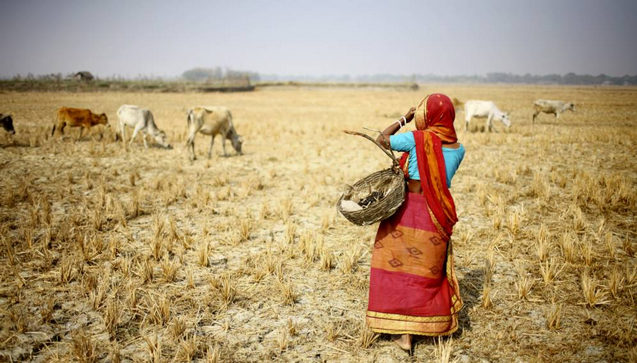We’ve got a long way to go and a short time to get there.
 |
| Copyright: Panos |
Every so often it’s helpful — and by helpful I also mean traumatic, so buyer beware — to pull the lens back and take a look at the big picture on climate change and what’s necessary to avert its worst consequences.
In the journal Nature, journalist Jeff Tollefson recently offered that magisterial overview of the climate challenge and the progress that’s been made so far. He finds, as such sweeping looks tend to, that both optimists and pessimists have a case. There is a revolution in clean energy ... but it’s not happening fast enough.
I’ve boiled it down to three key graphics, adapted from Tollefson’s piece (which you should read, seriously).
We’re currently heading for around 3 degrees of warming
 |
| Javier Zarracina/Vox |
The worst-case scenarios, nudging up to 4 or 5 degrees, seem unlikely at this point. The political and economic winds have shifted; the curve is bending.
If all the world’s countries can live up to their pledges in the Paris climate agreement, we’ll hit the year 2100 somewhere in the neighborhood of 3 degrees. So far every country has done at least a little, though very few are on track to meet their commitments.
Suffice to say, 3 degrees is worse than 2 degrees. There’s no way to pin such differences down with precision, but this graph gives you a sense.
How close are we to replacing fossil fuels?
 |
| Javier Zarracina/Vox |
Renewables are growing faster than any other source of energy, but they’ve got a long, long way to go. As things currently stand, “because so much energy comes from coal,” Tollefson writes, “slight fluctuations from year to year can wipe out massive gains in renewables.”
The most consequential climate decisions will happen in developing nations
 |
| Javier Zarracina/Vox |
In the US and the EU, emissions have largely decoupled from economic growth, trending mildly down, mostly due to decarbonization in electricity.
But emissions are on the upswing in India, and more importantly, in “all other” countries. It is rapidly developing countries like Turkey, Indonesia, and Vietnam where key decisions about 21st-century infrastructure are being made. A growing share of global coal demand comes from those countries, though the coal boom climate hawks feared seems to be slowing somewhat.
In a nutshell, hitting Paris targets will mean both that developed nations start rapidly reducing toward net-zero emissions by mid-century and that developing nations find a different path to prosperity than the one traveled by the countries around them holding all the wealth and still, on a per-capita basis, emitting the most carbon.
It’s a long shot.
Links
- Can the world kick its fossil-fuel addiction fast enough?
- 4 signs that Trump’s furious efforts to save coal are futile
- Drylands face 4°C warming under Paris Agreement goal
- Why climate talks need to focus on agriculture
- Climate goal in peril as science points to 3 degree warming
- Bad news: Global emissions rising again
- EU Climate Leader Board

No comments :
Post a Comment